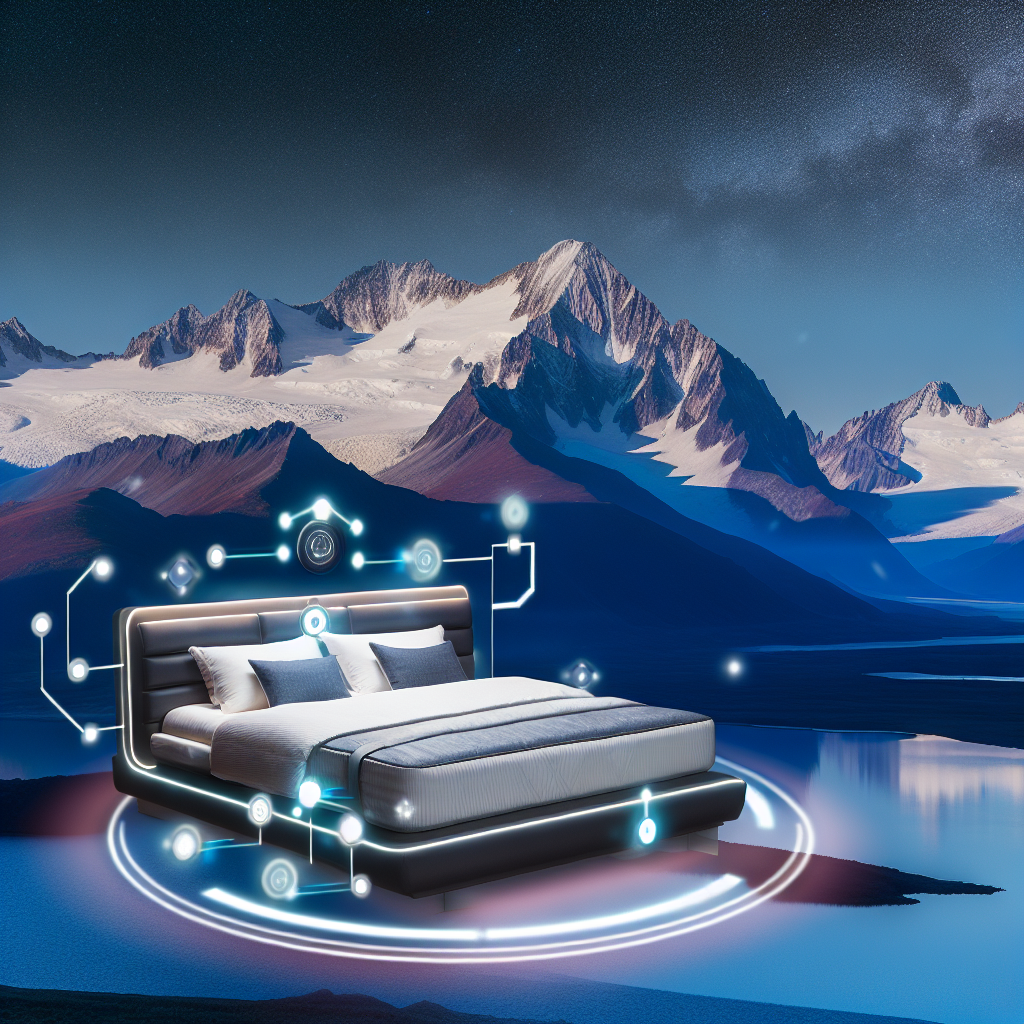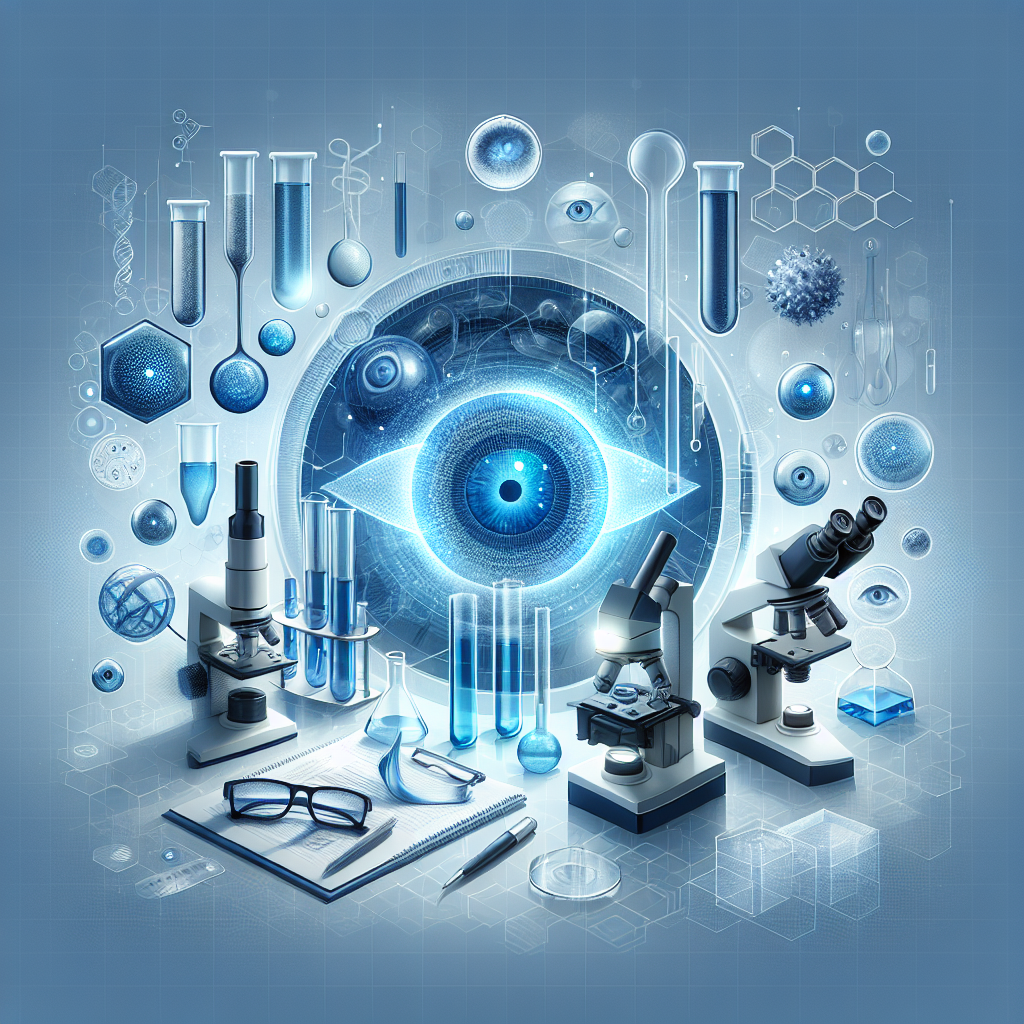# Altitude Adaptation Sleep Technology: High-Performance Systems for Mountain Destinations
**Published: [Insert Date] | By: [Your Name or Author Name]**
Embracing the Heights: Why High-Altitude Sleep Is a Challenge Worth Solving
For adventurers, athletes, or travelers heading to mountainous regions, the allure of crisp air, breathtaking landscapes, and thrilling elevations is undeniable. Yet, amid the serenity of mountain life hides a common challenge: high-altitude sleep disturbance.
Above 2,500 meters (8,200 feet), lower oxygen availability can disrupt sleep cycles, producing a condition called altitude insomnia. Symptoms range from frequent nighttime awakenings to reduced deep sleep, impacting energy levels, performance, and even overall well-being. This phenomenon affects everyone—from novice climbers to seasoned professionals.
To address these challenges, a new frontier has emerged: altitude adaptation sleep technology. This groundbreaking approach combines science, engineering, and human physiology to create high-performance sleep systems specifically designed for life at elevation.
The Science Behind the Slumber: How Altitude Affects Sleep
Hypoxia—low oxygen levels resulting from reduced barometric pressure—triggers a cascade of reactions in the body. One of the most noticeable effects is periodic breathing, marked by chaotic respiratory patterns alternating between rapid breathing and breath cessation. This disrupts deep, restorative sleep stages like REM, leaving individuals fatigued, foggy, and vulnerable to altitude sickness.
Scientific studies support these findings. In particular, research published in *Chest* by Nussbaumer-Ochsner et al. (2012) showed a direct link between hypobaric hypoxia and sleep fragmentation. Similarly, reports in the *Journal of Clinical Sleep Medicine* emphasize how circadian rhythm disruption caused by altitude and travel can inhibit quality rest.
Next-Level Snoozing: Features That Define High-Performance Altitude Sleep Systems
Altitude adaptation sleep systems integrate science-backed technologies to enhance sleep in low-oxygen environments. Here’s a breakdown of the cutting-edge features revolutionizing rest at altitude:
**💨 Oxygen Enrichment & Control**
– Systems such as oxygen concentrators, normobaric chambers, and hypoxic tents simulate sea-level oxygen conditions, reducing nighttime hypoxia.
– Common at Olympic training centers, these solutions allow for acclimatization without compromising recovery.
**🌞 Circadian Lighting Synchronization**
– Smart lighting systems mimic natural light cycles to regulate melatonin and support circadian rhythm alignment.
– This is key for travelers hopping time zones and adjusting to ever-changing environments.
**🌡️ Thermoregulation Technologies**
– High-altitude lodges can be cold and unregulated. Advanced beds integrate temperature control to remain within the sleep-optimal range of 60–67°F (15.6–19.4°C).
**📈 Biometric Performance Monitoring**
– Smart beds including the Eight Sleep Pod Pro and ReST Smart Bed analyze bodily signals—heart rate variability, oxygen saturation, and sleep depth—to auto-adjust environment settings.
**🧳 Portable Solutions for the Trailblazer**
– Compact devices with HEPA filtration and light oxygen supplementation are ideal for expedition climbers, ensuring better quality sleep—even on week-long treks deep into the wilderness.
Sleeping Smarter at Elevation: Who Stands to Benefit?
From elite athletes undergoing altitude training to recreational trekkers scaling alpine passes, altitude sleep technology is transforming how people perform and recover at elevation.
**👟 Elite Athletes** – Benefit from better recovery, reduced muscular fatigue, and optimized oxygenation for peak performance.
**⛷️ Skiers & Mountain Travelers** – Avoid jet lag and altitude insomnia while enjoying longer, more restful sleep at high-end resorts.
**🧗 Alpine Mountaineers** – Stay safer and more refreshed during multi-day climbs with portable biometric sleep aids.
**🏥 Health-Conscious Individuals** – Monitor oxygen levels and sleep stats in real-time, reducing risk of altitude sickness symptoms.
The Future of High-Altitude Wellness: Restoring Resilience One Night at a Time
Altitude adaptation sleep technology exemplifies how modern innovation can help humans thrive in extreme environments. It’s no longer just about surviving elevated conditions—it’s about waking up at altitude feeling fully refreshed and mentally sharp.
By leveraging oxygen enrichment systems, circadian light modules, temperature regulation, and real-time biometrics, these next-generation sleep systems are reshaping how people sleep at the summit.
As more adventurers and wellness-conscious travelers explore the world’s majestic heights, prioritizing sleep health will become an essential part of the altitude experience.
**100-Word Summary:**
Altitude adaptation sleep technology is revolutionizing how people sleep at high elevations. By integrating oxygen enrichment, circadian lighting, temperature regulation, and biometric monitoring, these innovative systems help mitigate the effects of hypoxia and circadian disruption that commonly plague mountain travelers and athletes. From elite climbers to casual trekkers, this cutting-edge technology is transforming the high-altitude experience, allowing people to wake up feeling refreshed and ready to take on the challenges of life at elevation. As more people explore the world’s peaks, prioritizing sleep health will become an essential part of the altitude wellness journey.
**References:**
1. Nussbaumer-Ochsner, Y., Ursprung, J., Siebenmann, C., & Bloch, K. E. (2012). [Effect of Short-Term Sleep at Hypobaric Hypoxia on Repetitive Sleep Apnea](https://journal.chestnet.org/article/S0012-3692(12)60189-4/fulltext). *Chest Journal*.
2. American Academy of Sleep Medicine. (2021). [How Light Exposure Affects Circadian Rhythms](https://jcsm.aasm.org/doi/10.5664/jcsm.8934). *Journal of Clinical Sleep Medicine*.
3. International Olympic Committee. (2020). [Altitude Training and Athletic Performance: Scientific Evidence and Practical Application](https://olympics.com/ioc/news).
4. Eight Sleep. (2024). [The Science Behind Sleep Fitness Technology](https://www.eightsleep.com/science/).
5. ReST Smart Bed. (2023). [Personalized Sleep Based on Biometric Feedback](https://www.resteq.com).
6. Mayo Clinic. (2023). [Altitude Sickness: Symptoms and Treatment](https://www.mayoclinic.org/diseases-conditions/altitude-sickness).
7. National Sleep Foundation. (2022). [Optimal Temperature for Sleep: What the Science Says](https://www.sleepfoundation.org/bedroom-environment/best-temperature-for-sleep).

Dominic E. is a passionate filmmaker navigating the exciting intersection of art and science. By day, he delves into the complexities of the human body as a full-time medical writer, meticulously translating intricate medical concepts into accessible and engaging narratives. By night, he explores the boundless realm of cinematic storytelling, crafting narratives that evoke emotion and challenge perspectives.
Film Student and Full-time Medical Writer for ContentVendor.com




